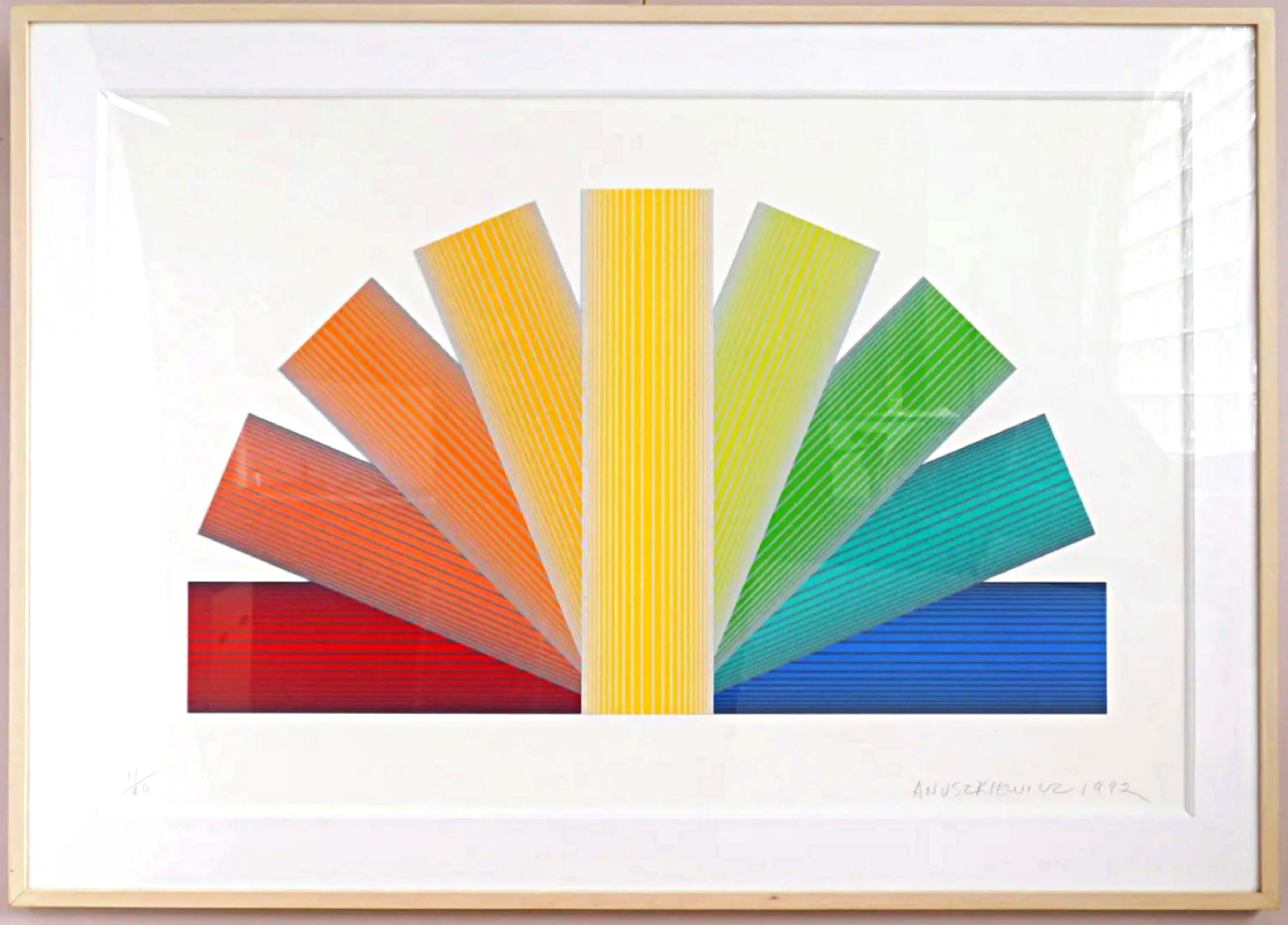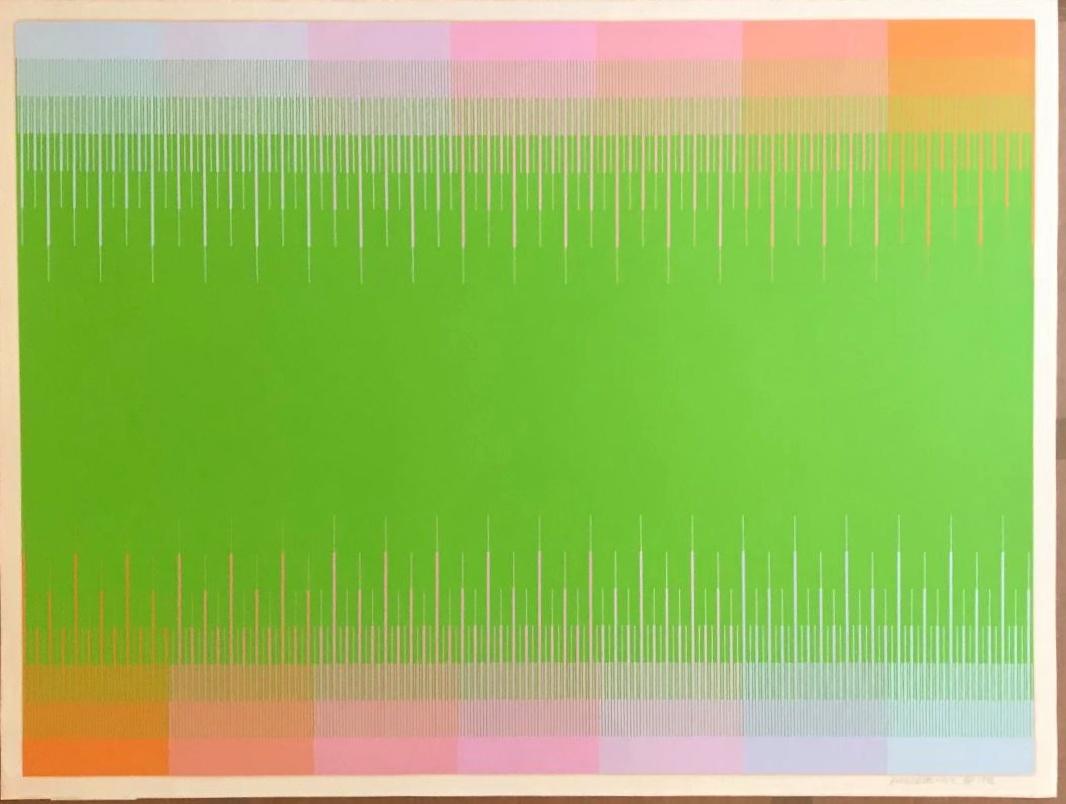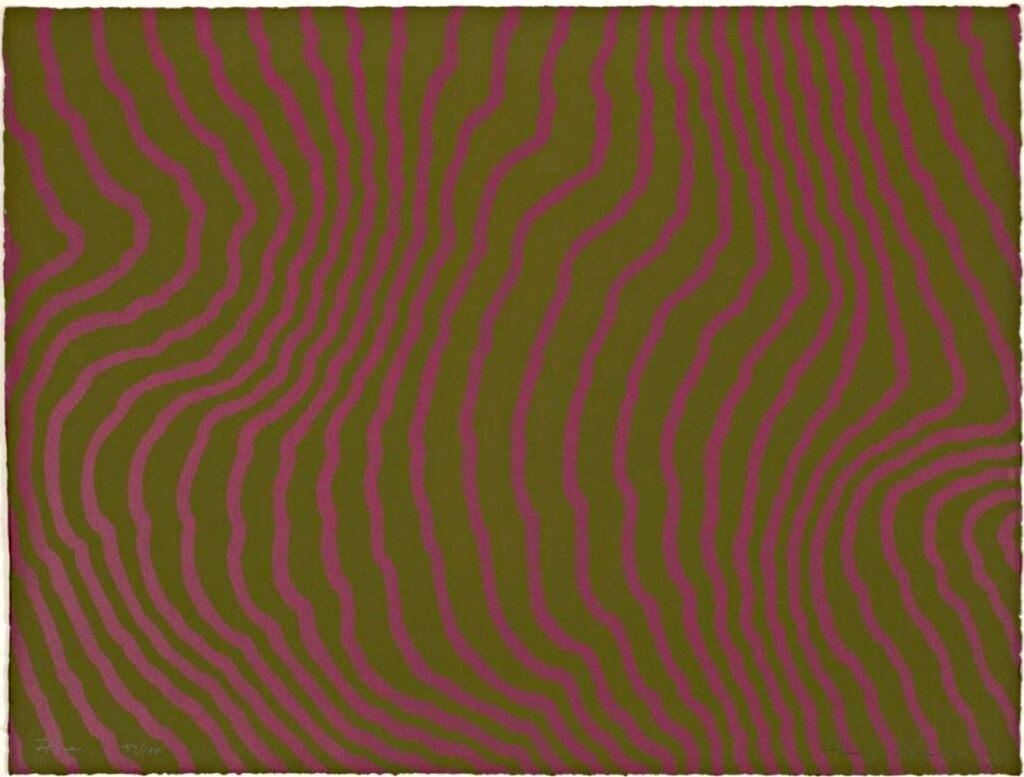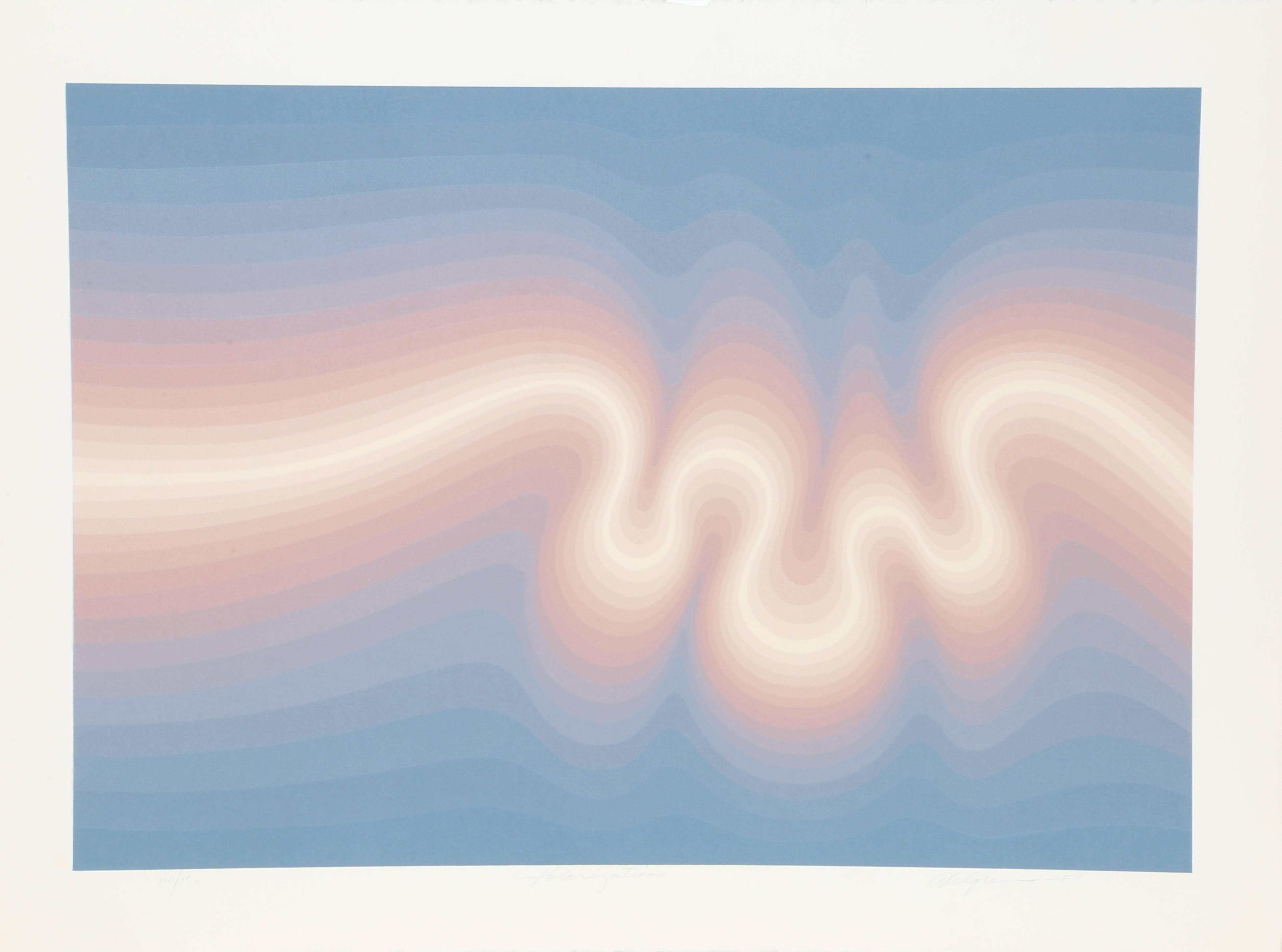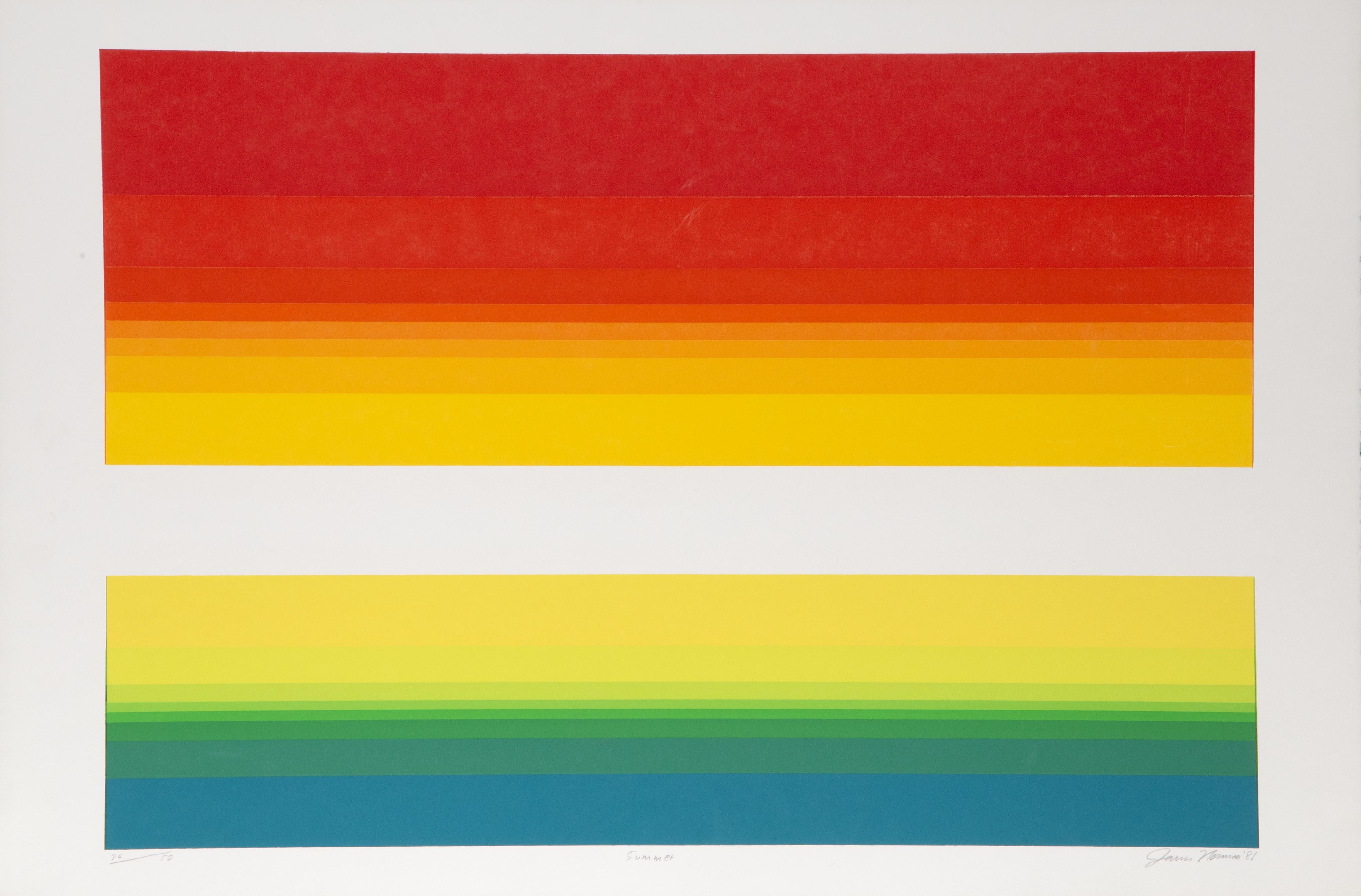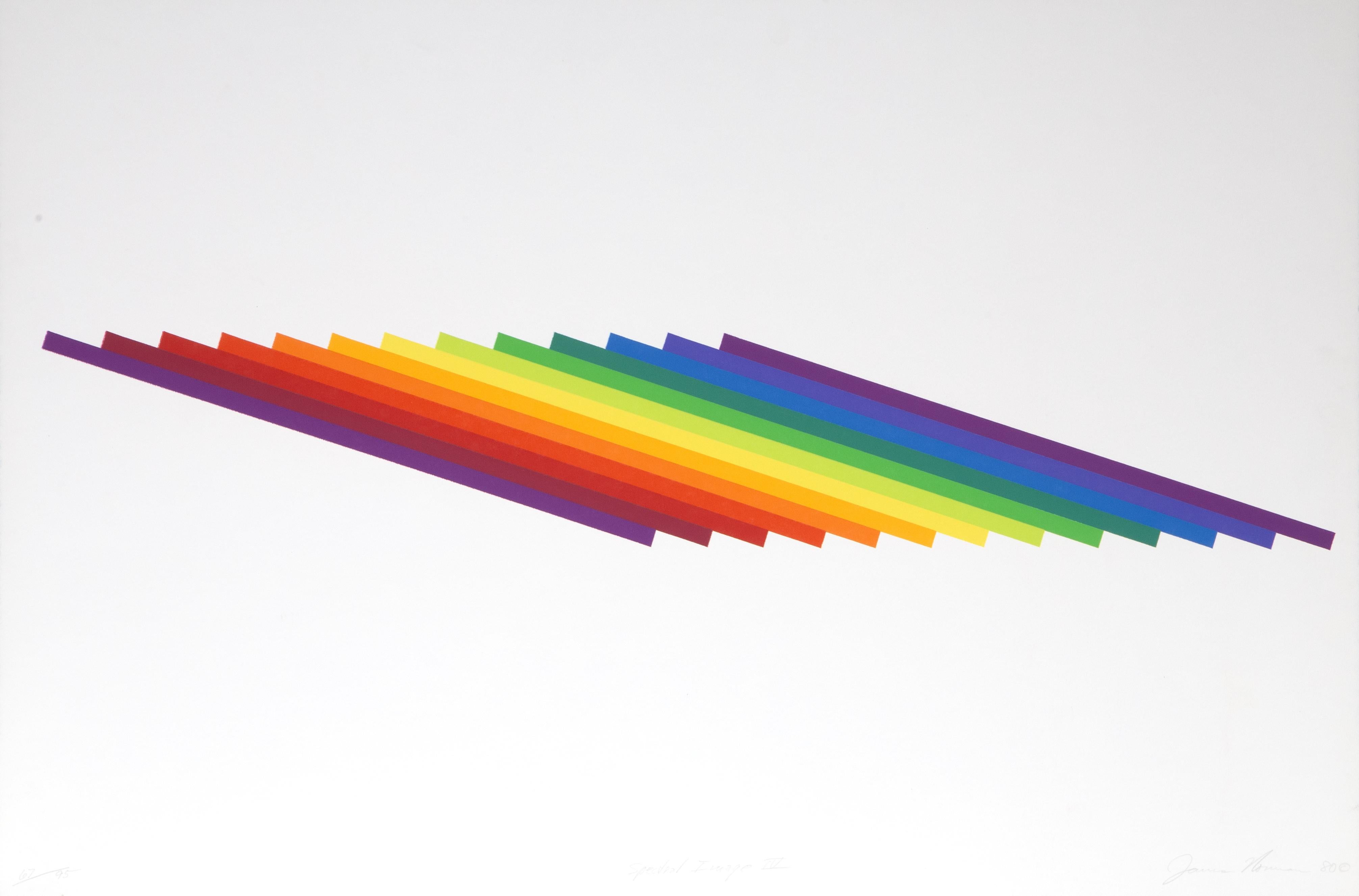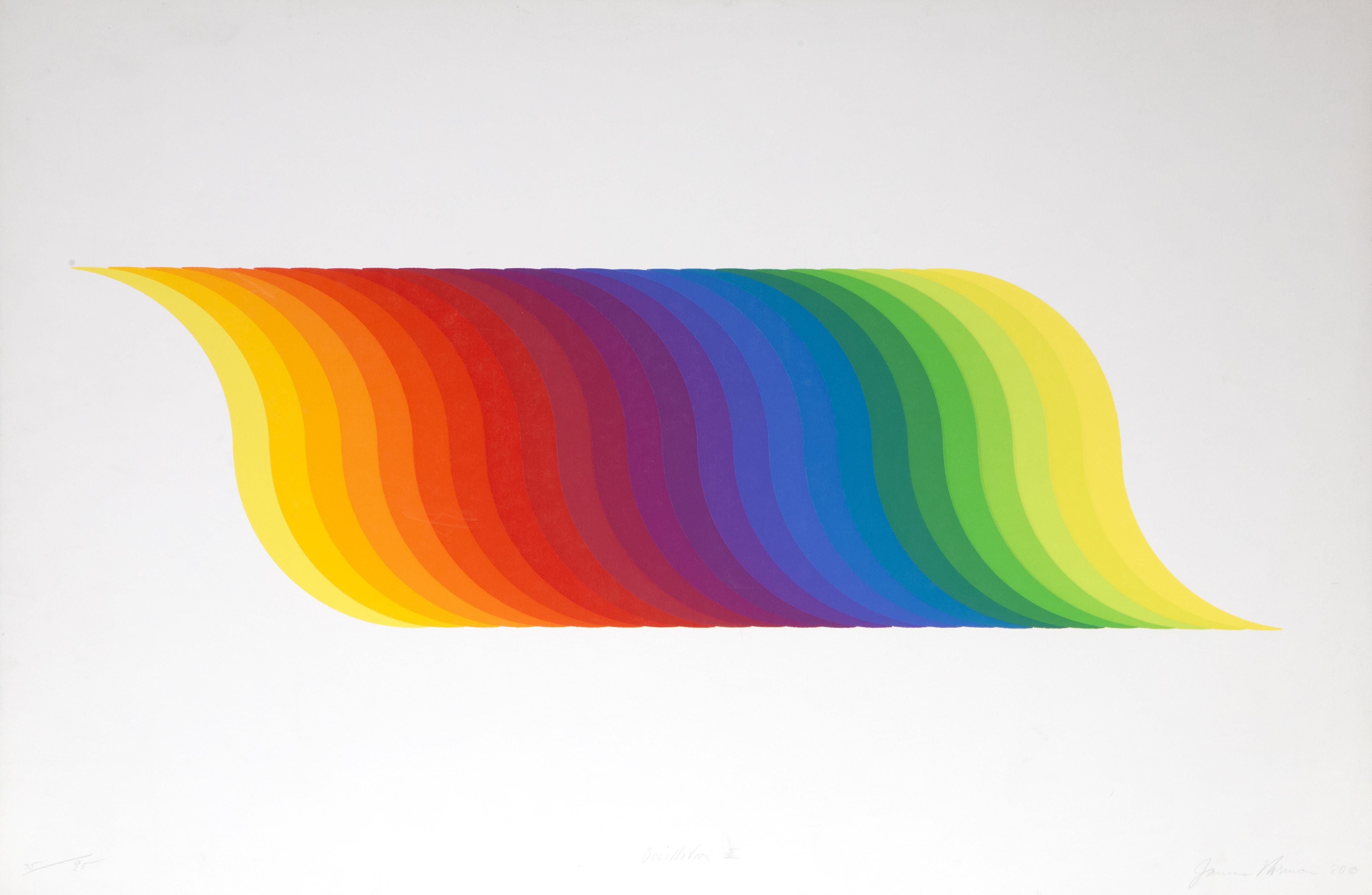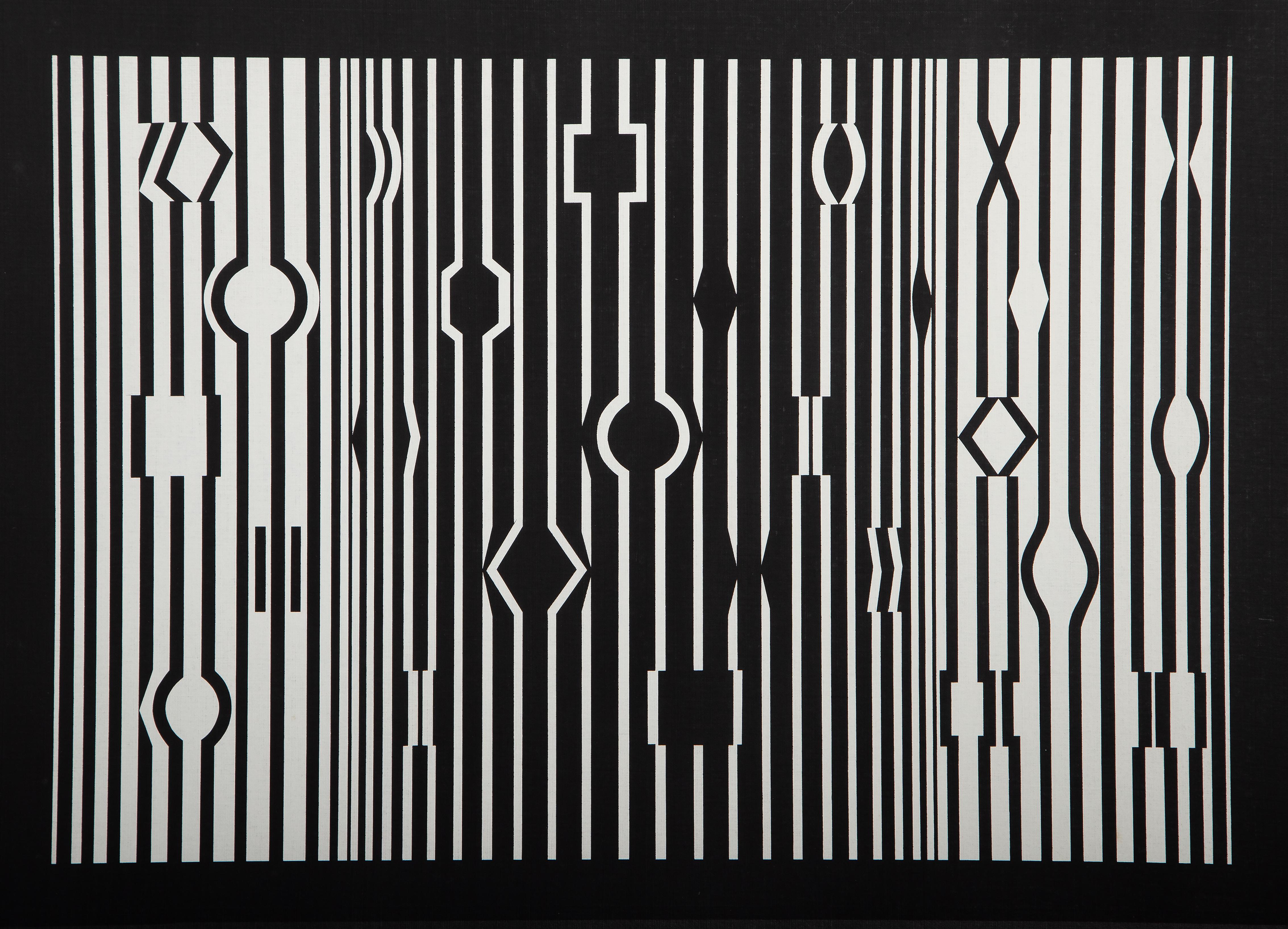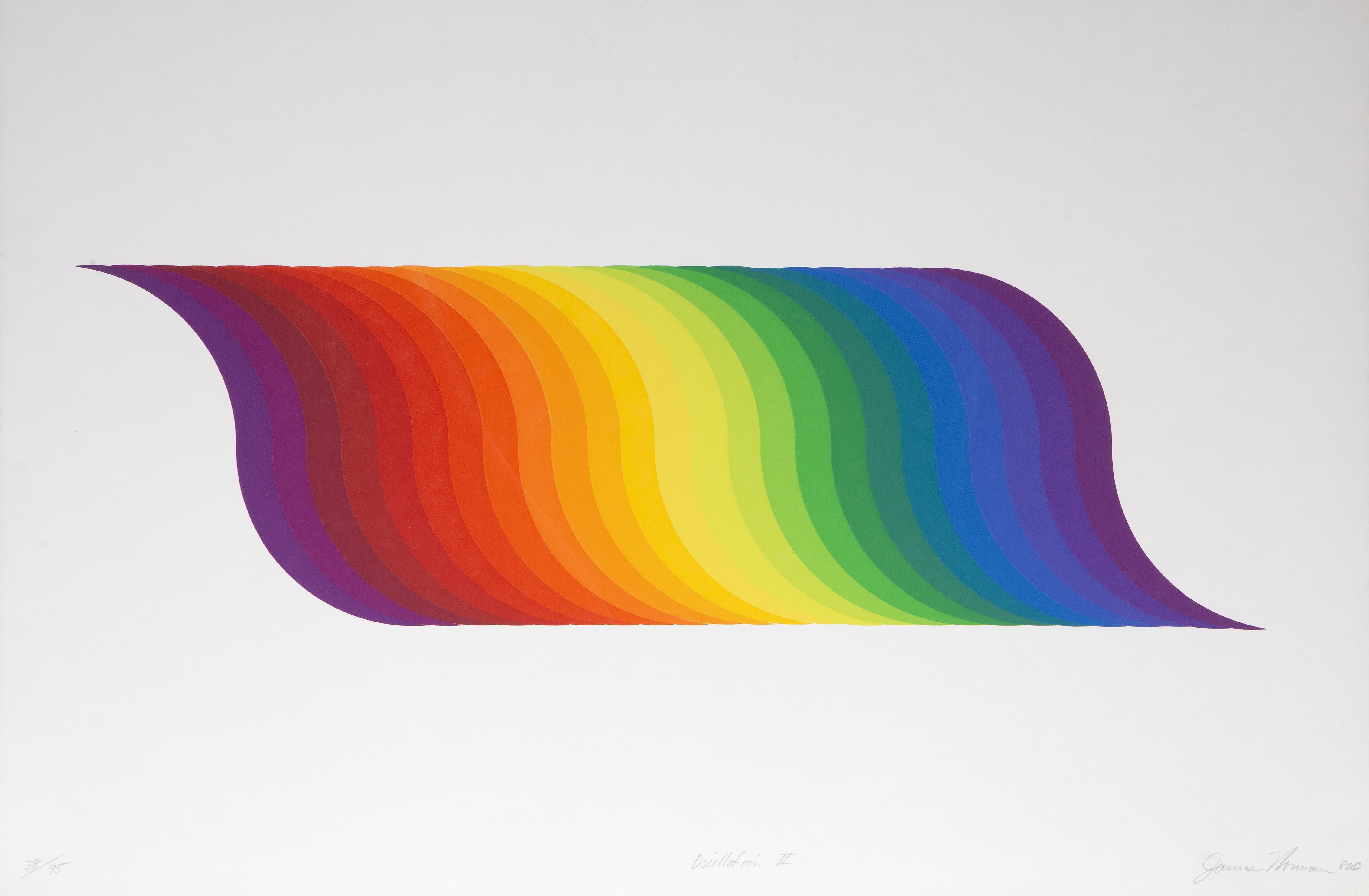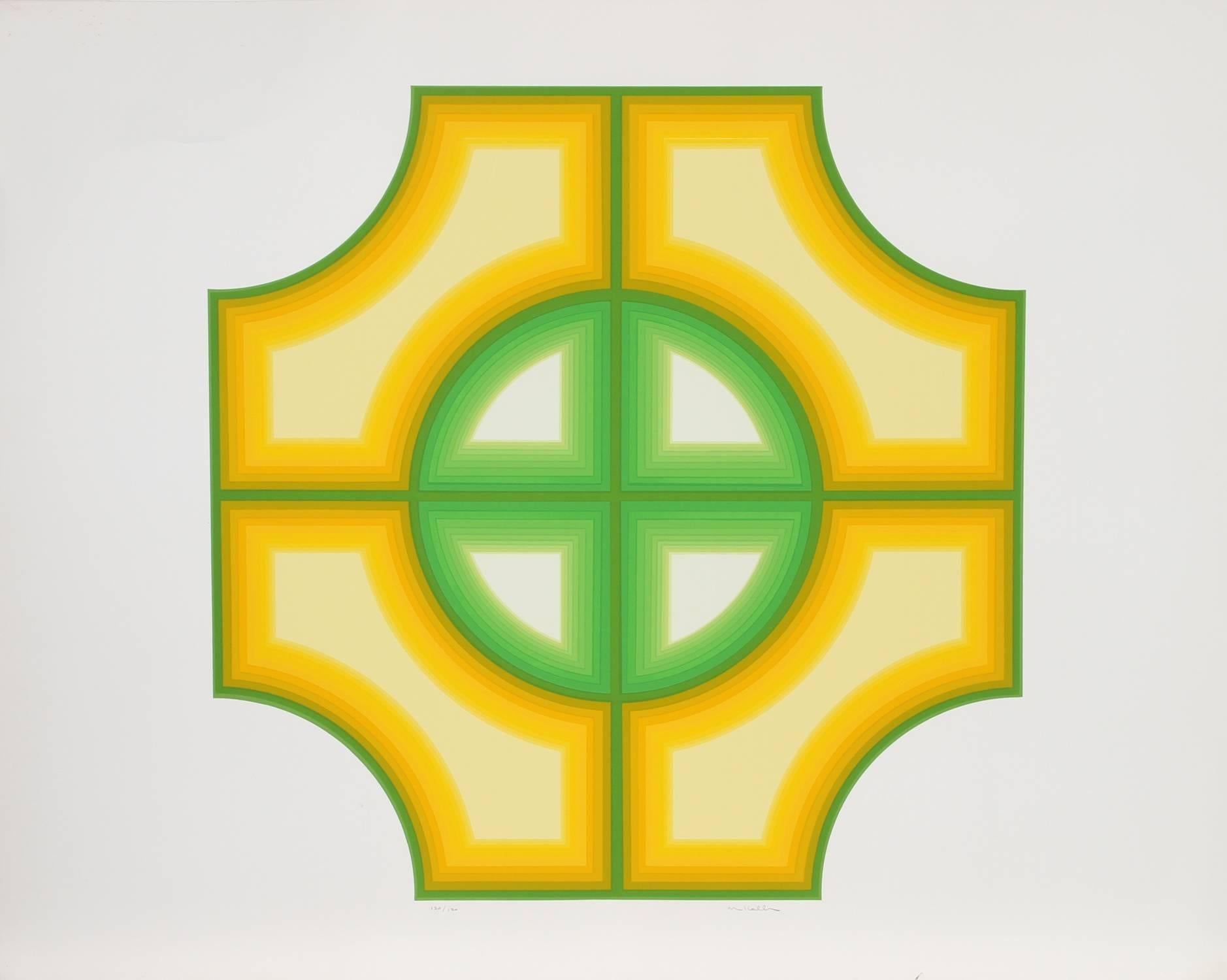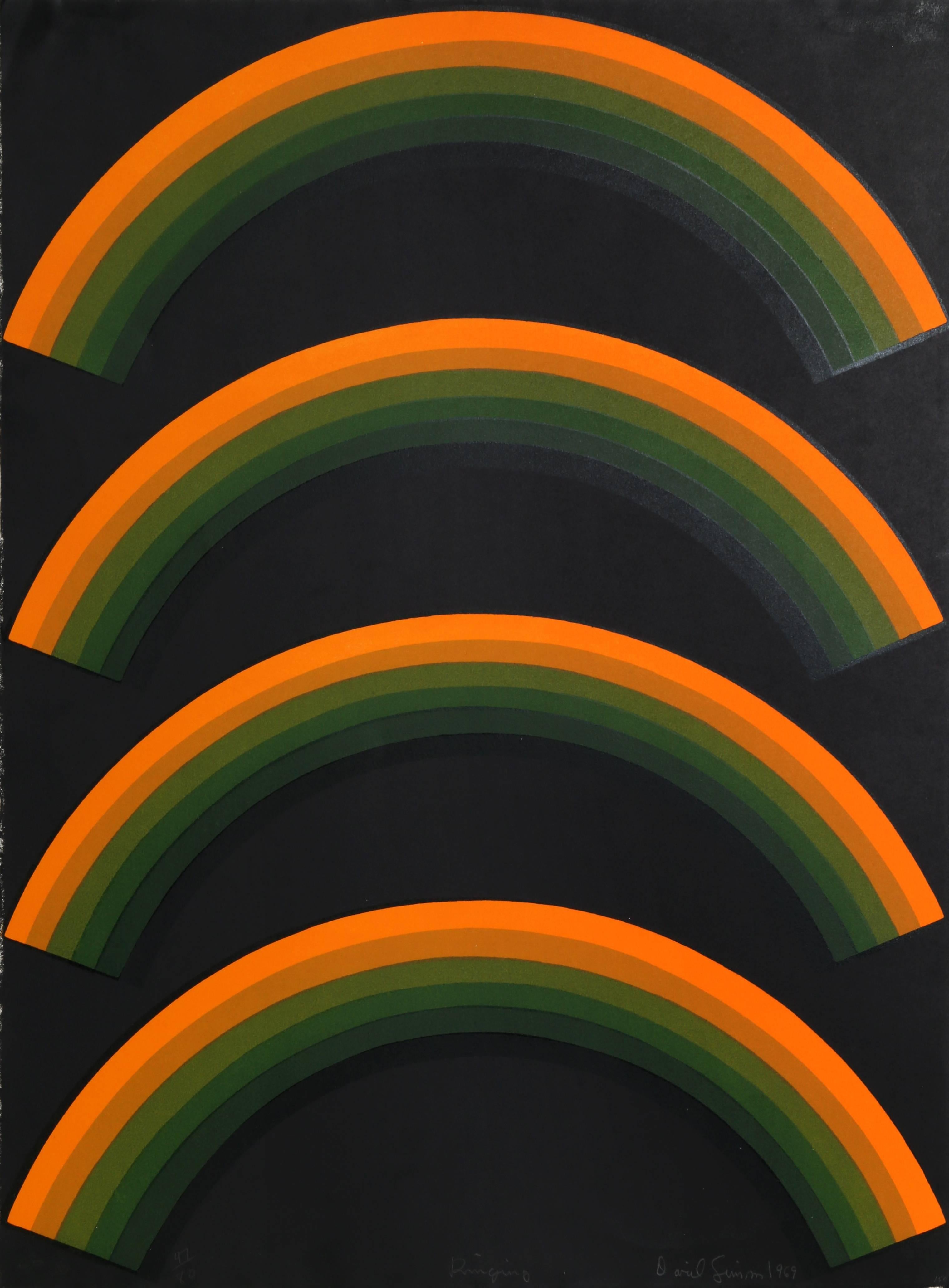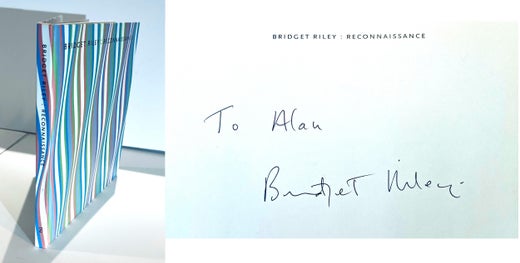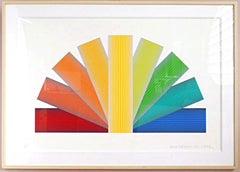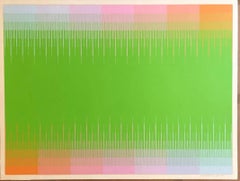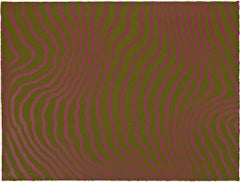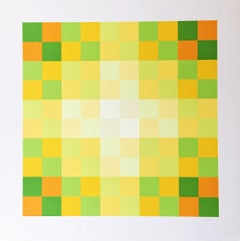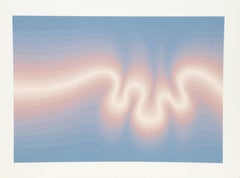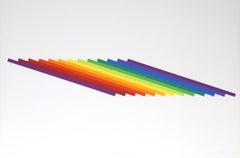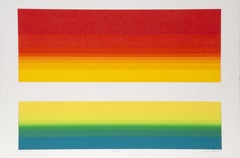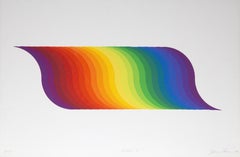Silkscreen for Conspiracy: The Artist as Witness, iconic 1970s, signed/N Framed
View Similar Items
Bridget RileySilkscreen for Conspiracy: The Artist as Witness, iconic 1970s, signed/N Framed1971
1971
About the Item
- Creator:Bridget Riley (1931, British)
- Creation Year:1971
- Dimensions:Height: 25.75 in (65.41 cm)Width: 19.75 in (50.17 cm)Depth: 2 in (5.08 cm)
- Medium:
- Movement & Style:
- Period:
- Condition:This is a bright impression of this scarce early print; elegantly floated and framed in a handmade museum quality frame with Optium plexiglass. There may be some gentle toning along the far outer margins of the print, visible up close; otherwise fine.
- Gallery Location:New York, NY
- Reference Number:1stDibs: LU1745214337532
Bridget Riley
British painter Bridget Riley’s visually spectacular abstractions seem far removed from natural forms. Riley, however, claims she draws inspiration for her paintings and prints largely from nature, which she defines as a “dynamism of visual forces — an event rather than an appearance.”
Indeed, dynamism characterizes her work, which explores how simple geometric forms can create illusions of movement.
Born in 1931, Riley first came to worldwide attention in 1965, when she was included, alongside such other prominent figures as Victor Vasarely and Frank Stella, in the exhibition “The Responsive Eye” at New York’s Museum of Modern Art. The catalogue cover featured one of her paintings, Current (1964), composed of wavy black and white lines that seem to vibrate as they move from the top to the bottom of the canvas.
Since the 1970s, Riley has been experimenting with color, creating works like Nataraja (1993), made up of columns of brightly hued diagonal stripes that seem to pulse rhythmically. By instilling life, movement and energy into flat, geometric forms, she helped pioneer kinetic art.
Browse a collection of Bridget Riley's visionary art at 1stDibs.
More From This Seller
View All1990s Op Art Abstract Prints
Mixed Media, Pencil, Lithograph, Screen
1970s Op Art Abstract Prints
Screen, Pencil
1960s Op Art Abstract Prints
Lithograph, Pencil
1970s Op Art Abstract Prints
Screen
1970s Op Art Abstract Prints
Screen
1970s Op Art Abstract Prints
Screen
You May Also Like
1980s Op Art Abstract Prints
Screen
1980s Op Art Abstract Prints
Screen
1980s Op Art Abstract Prints
Screen
1980s Op Art Abstract Prints
Screen
1950s Op Art Abstract Prints
Screen
1980s Op Art Abstract Prints
Screen
Recently Viewed
View AllRead More
Get to Know the Artists Who Led the Op Art Movement
In the 1960s and '70s, the hypnotic creations of Op artists went mainstream and influenced the look of pop culture.
Welcome (Back) to the Wild, Wonderful World of Walasse Ting
Americans are rediscovering the globe-trotting painter and poet, who was connected to all sorts of art movements across a long and varied career.
